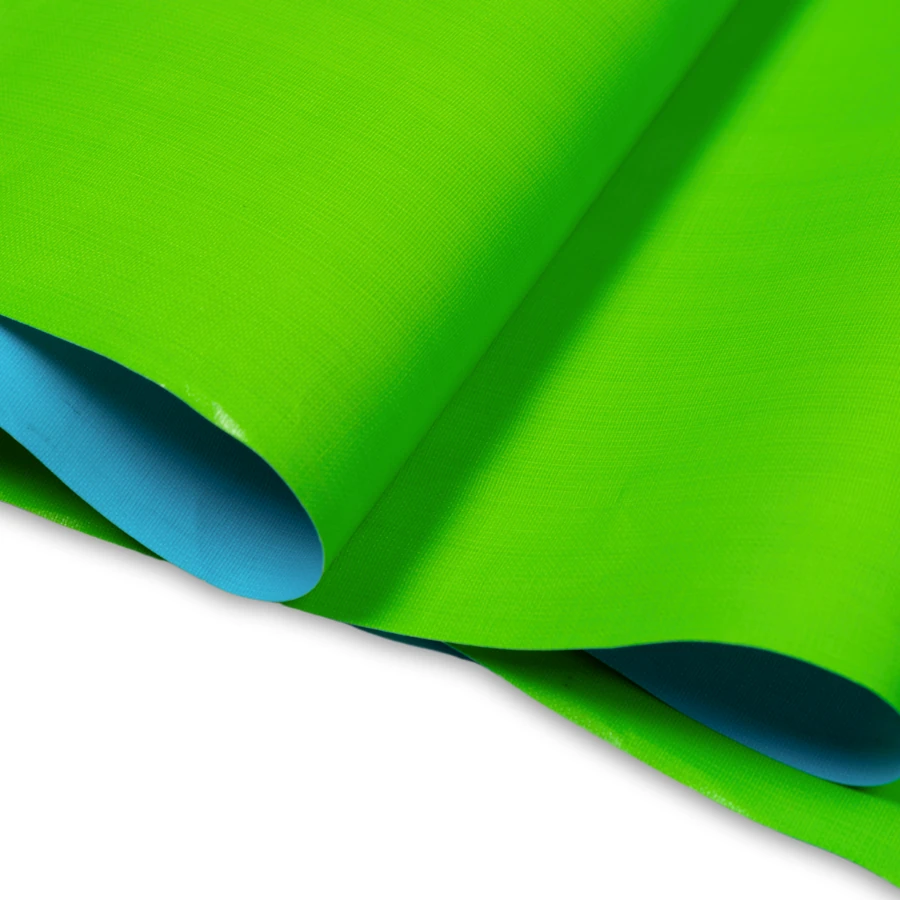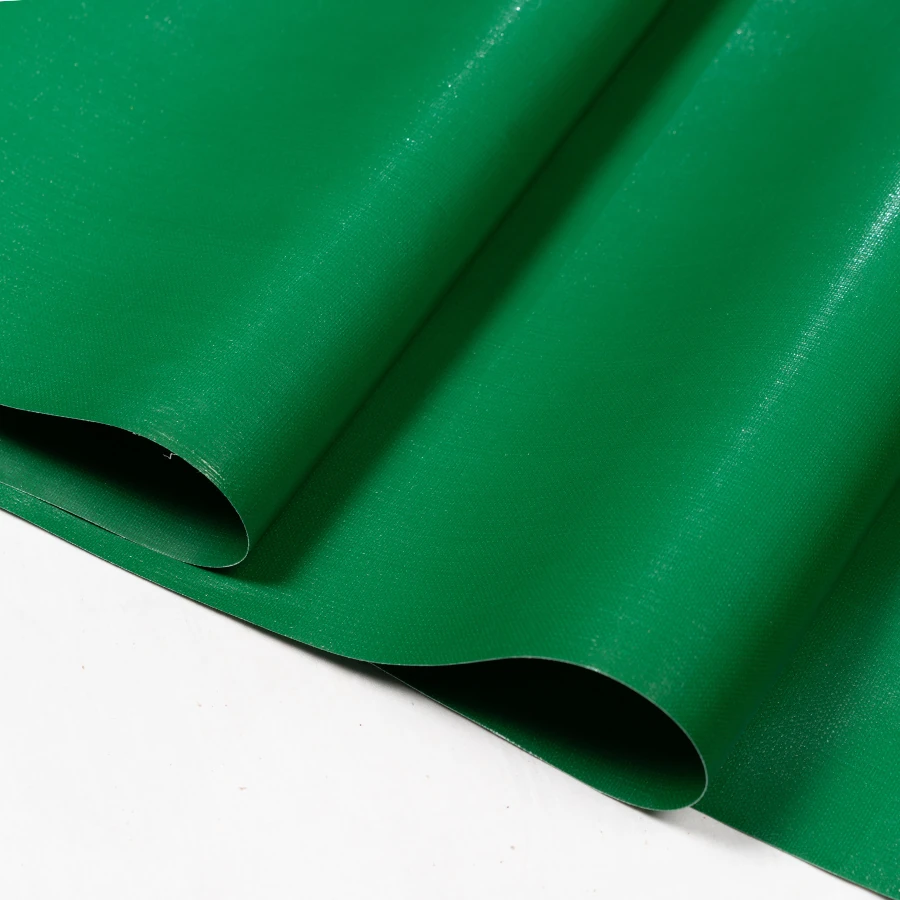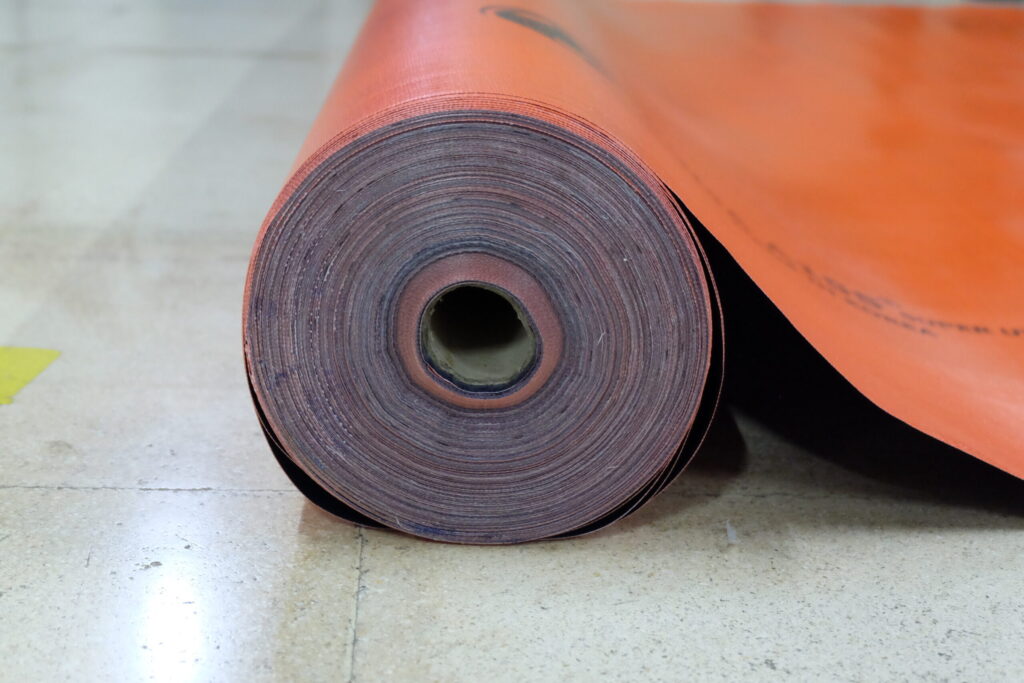In the world of construction, safety and efficiency are two main factors that cannot be compromised. One of the important equipment that often goes unnoticed is the scaffolding tarpaulin. Although it looks simple, the role of this tarp is vital in keeping the work area safe, clean, and protected from external factors such as weather and dust.
This article will explore in detail what scaffolding tarpaulins are, their functions, benefits, and tips for choosing and caring for them so that they are used optimally in building projects.
What is a scaffolding tarpaulin?
Tarpaulin scaffolding is a special type of tarpaulin designed to line scaffolding structures on building construction projects. Its function is as an additional protector to reduce the risk of work injuries, prevent objects from falling into public areas, and provide a barrier against wind, rain, or heat that can interfere with the construction process.
The Function of Tarpaulins in Building Projects

1. Protects the Work Area from the Weather
Extreme weather conditions such as heavy rain or scorching heat can slow down the progress of the project. By using scaffolding tarpaulins, work activities can continue even when the weather is unfriendly.
2. Maintaining the Safety of the Surrounding Environment
Small objects or building debris falling from above can endanger people around the site. This tarpaulin helps minimize these risks by providing extra cover to the vertical area.
3. Reduce Dust and Pollution
Dust from building projects often pollutes the environment. Tarpaulin scaffolding can be an effective barrier to reduce dust spreading outside the project area.
4. Provide Privacy to Projects
Some building projects require privacy or visual protection from the outside. Tarpaulins can be used to close the direct view from the outside to the project area.
Criteria for Quality Scaffolding Tarpaulins
a. Durable Materials
Choose a tarpaulin from PVC or PE materials that have been proven to be strong and resistant to extreme weather pressures.
b. Appropriate Size and Thickness
Make sure the size of the tarp matches the height and area. The ideal thickness will provide longer durability without tearing easily.
c. Equipped with Chicken Eye Hole
The chicken eye hole on the side of the tarpaulin makes it easier to install and tie so that it is more stable when used.
d. Anti-UV and Waterproof
Tarpaulins that have anti-UV features will protect workers from direct sunlight, and are not easily damaged when exposed to rain.
Scaffolding Tarpaulin Installation Tips
1. Install the Scaffolding Frame Stably
Before installing the tarpaulin, make sure that the entire scaffolding structure is sturdy and in accordance with safety standards.
2. Use a Mining Rope or Cable Tie
To tie the tarp to the scaffolding, use a quarry rope or quality tie cable so that it does not come off easily when exposed to the wind.
3. Tighten Neatly
Make sure the installation of the tarpaulin is done tightly and neatly so that it does not become undulating and interfere with the work.
Advantages of Using Tarpaulins
- Improve job safety
- Maintain the professional image of the project
- Accelerating the construction process because it can work in all weather
- Reduce the risk of claims due to work accidents
Tips for Caring for Tarpaulins
In order for the tarp to be used for a long period of time, regular maintenance is strongly recommended:
– Clean After Use
After use, clean the tarp from mud, cement, or dust to prevent mold.
– Store in a Dry Place
Avoid storing the tarp in damp conditions to prevent damage from moisture or pests.
– Check the condition of the tie hole
Make sure the holes are not torn before reinstalling. Replace damaged parts to keep the installation secure.
Scaffolding Tarpaulin Recommendations for Distributors and Contractors

For those of you who are engaged in the distribution of project equipment or are a construction contractor, investing in quality tarpaulin is a smart decision. Make sure you get products from trusted suppliers and are able to meet the demands of large parties.
Conclusion
The use of scaffolding tarpaulin in building projects is not only a matter of aesthetics or comfort, but also about safety and work efficiency. With the right protection, the risk of accidents is reduced, the work runs smoothly, and the project results are maximized.
For construction industry players and building tool distributors, choosing quality scaffolding tarpaulins and knowing how to take care of them properly will provide significant added value in every project.
